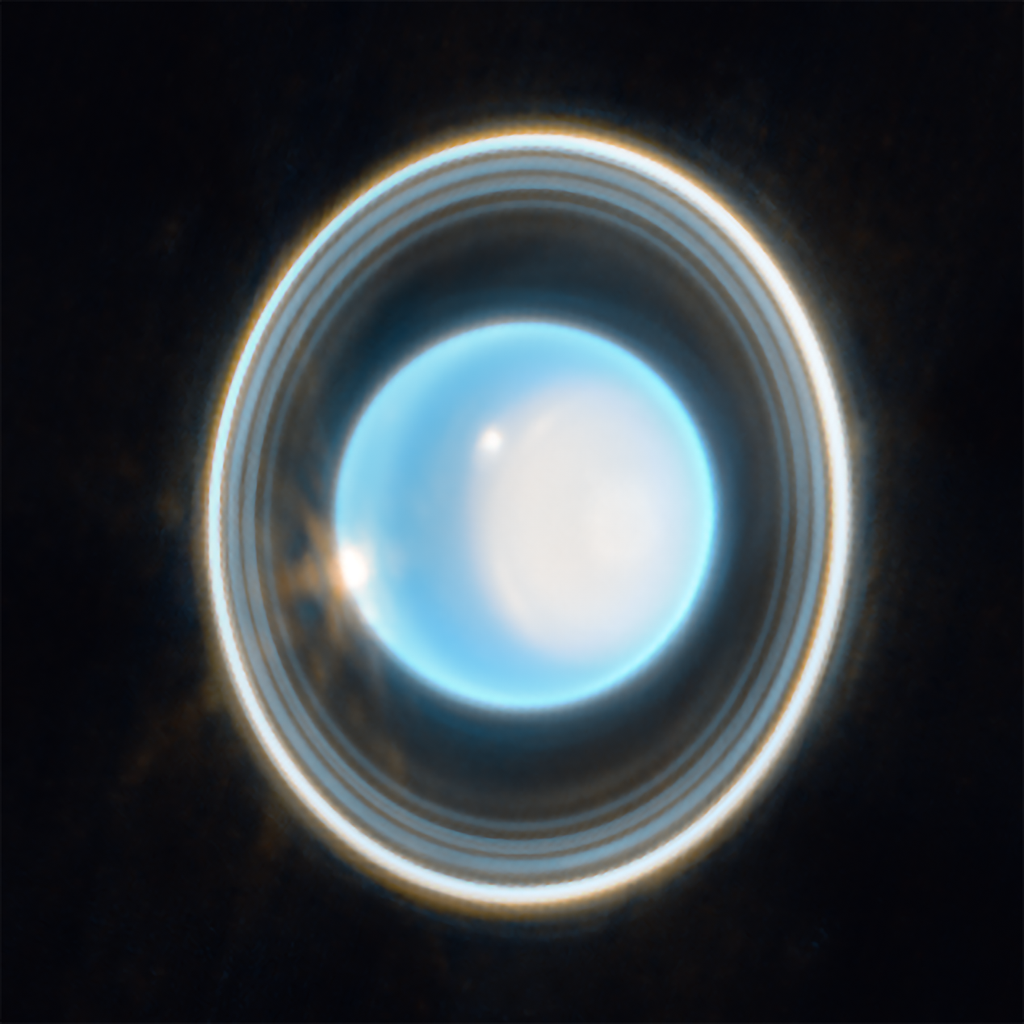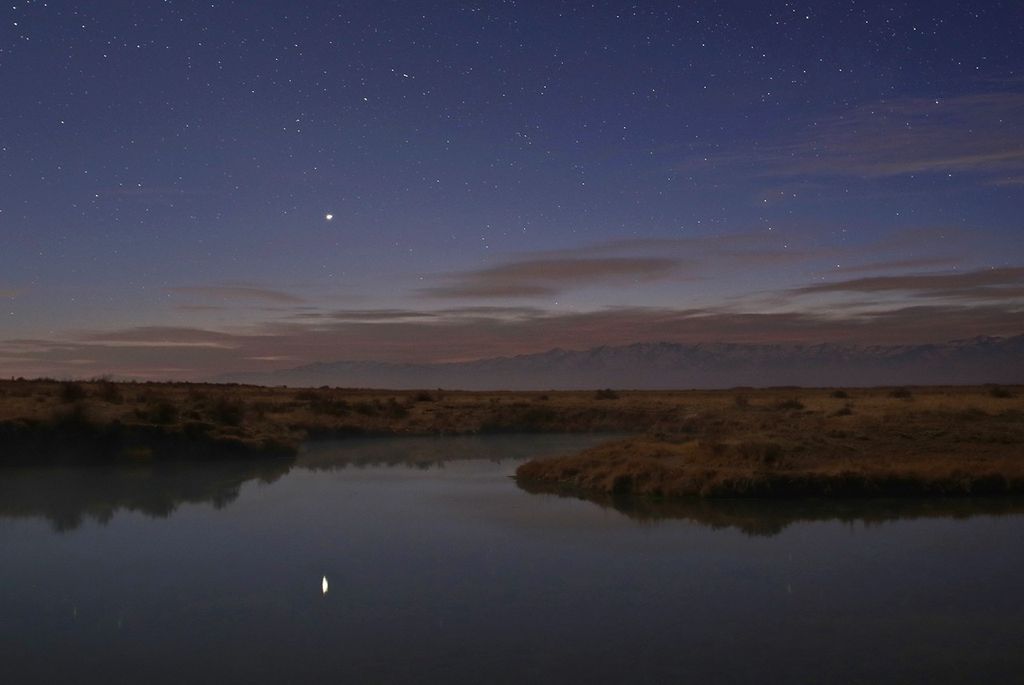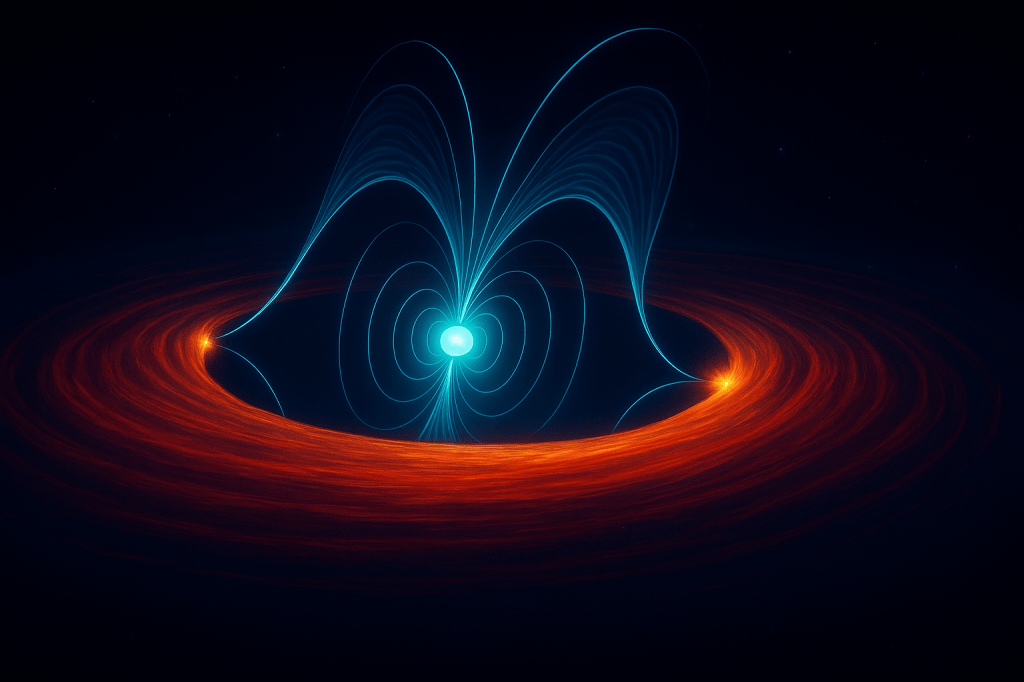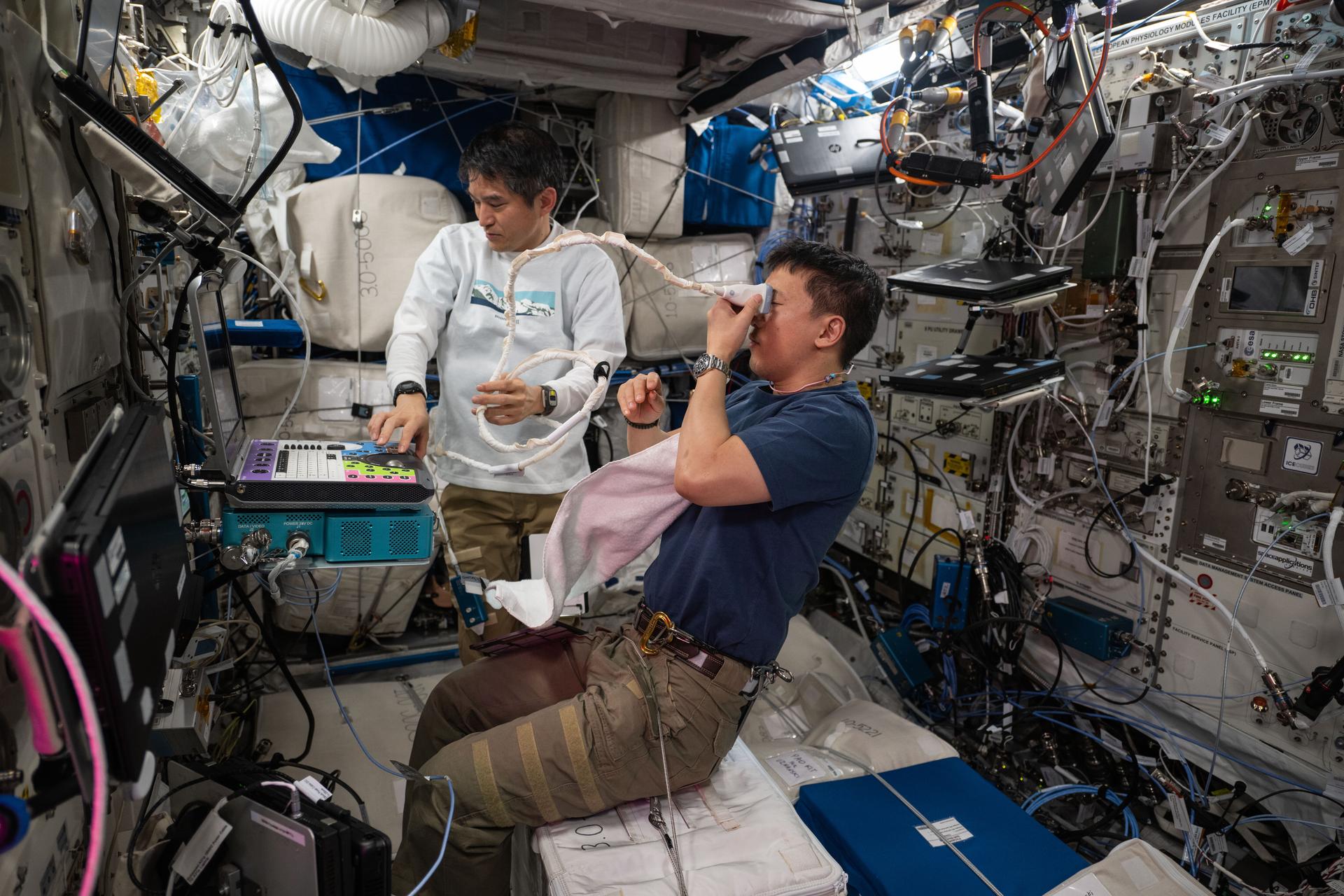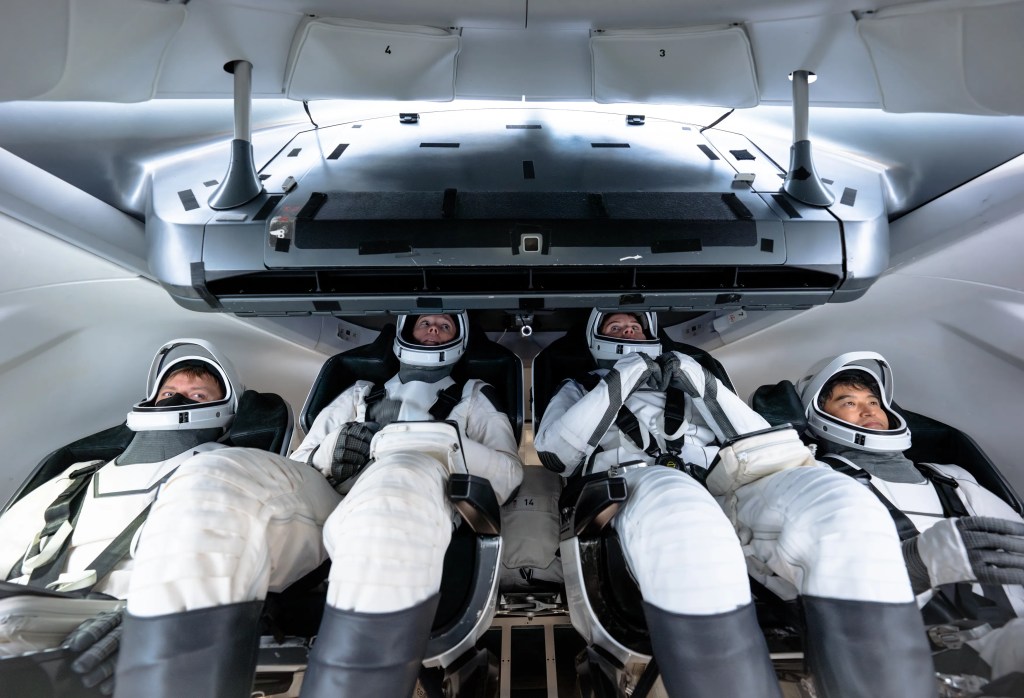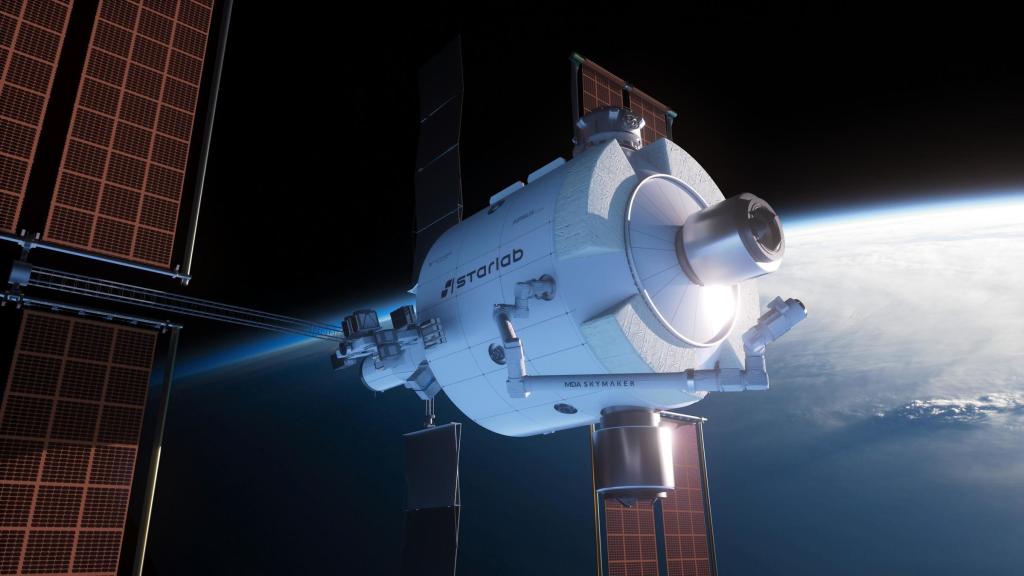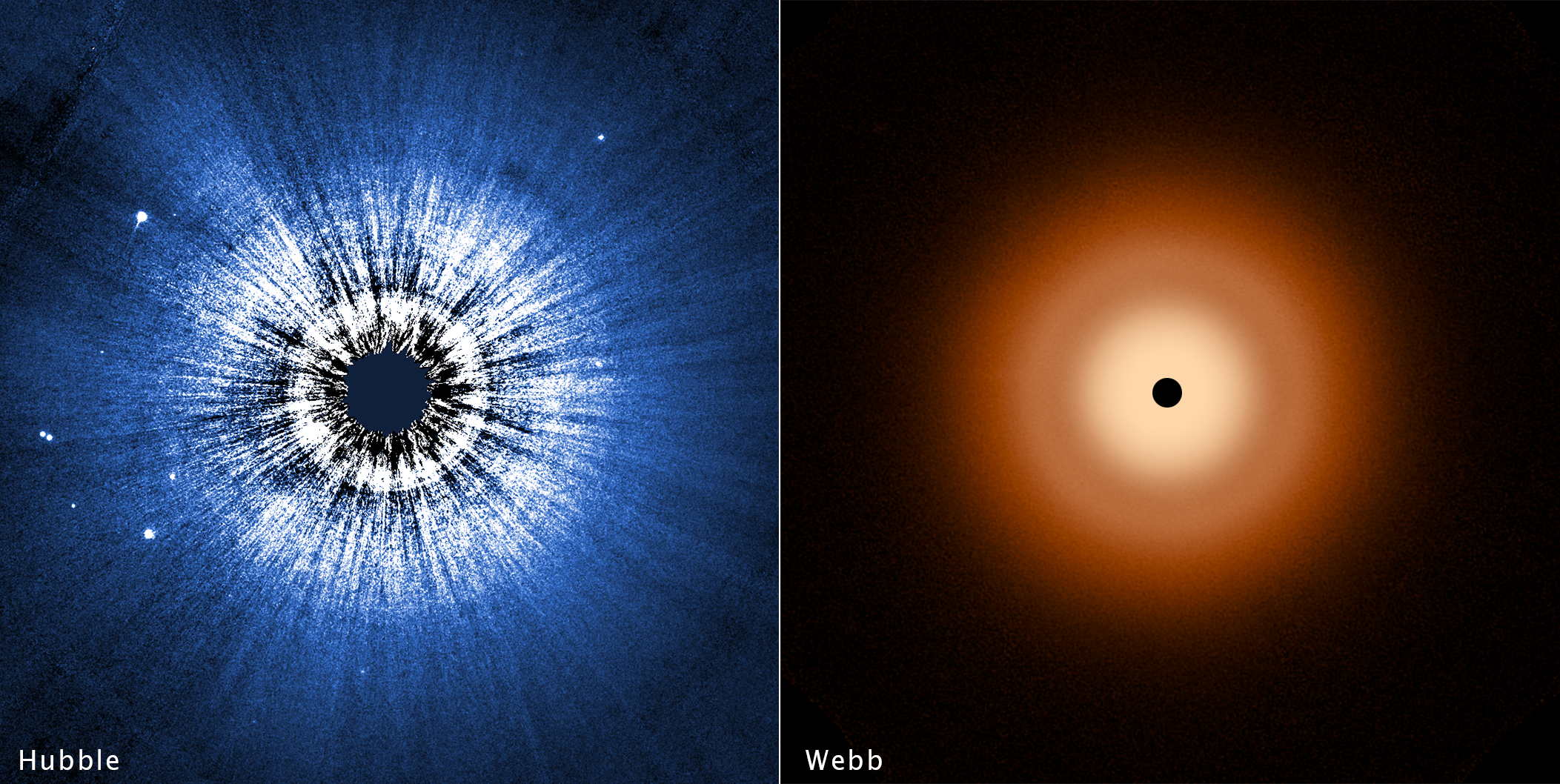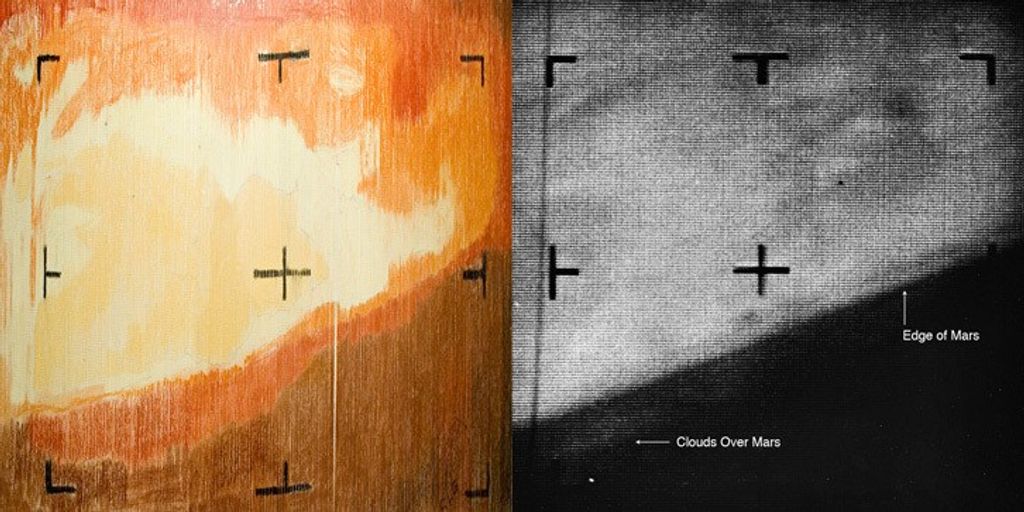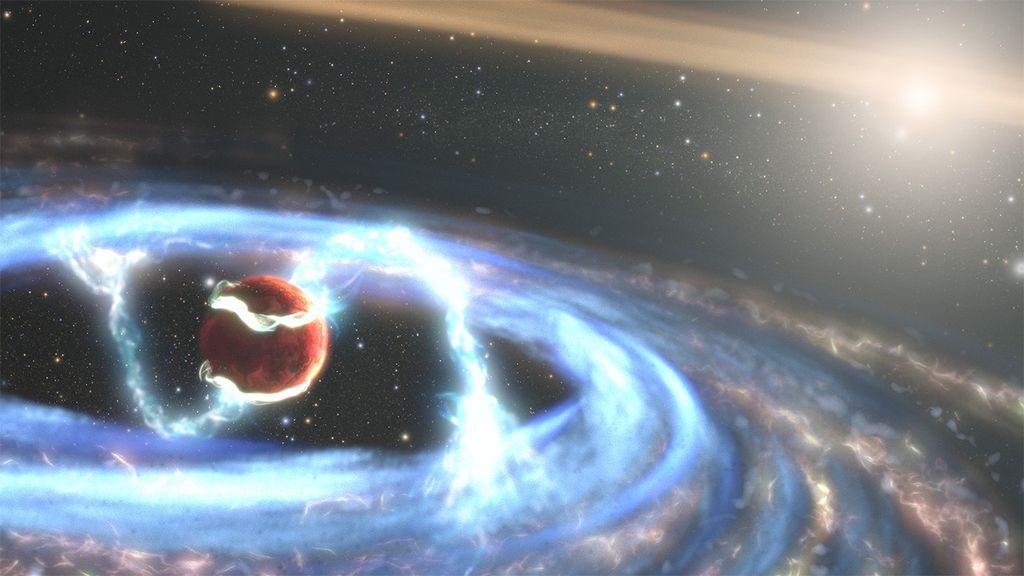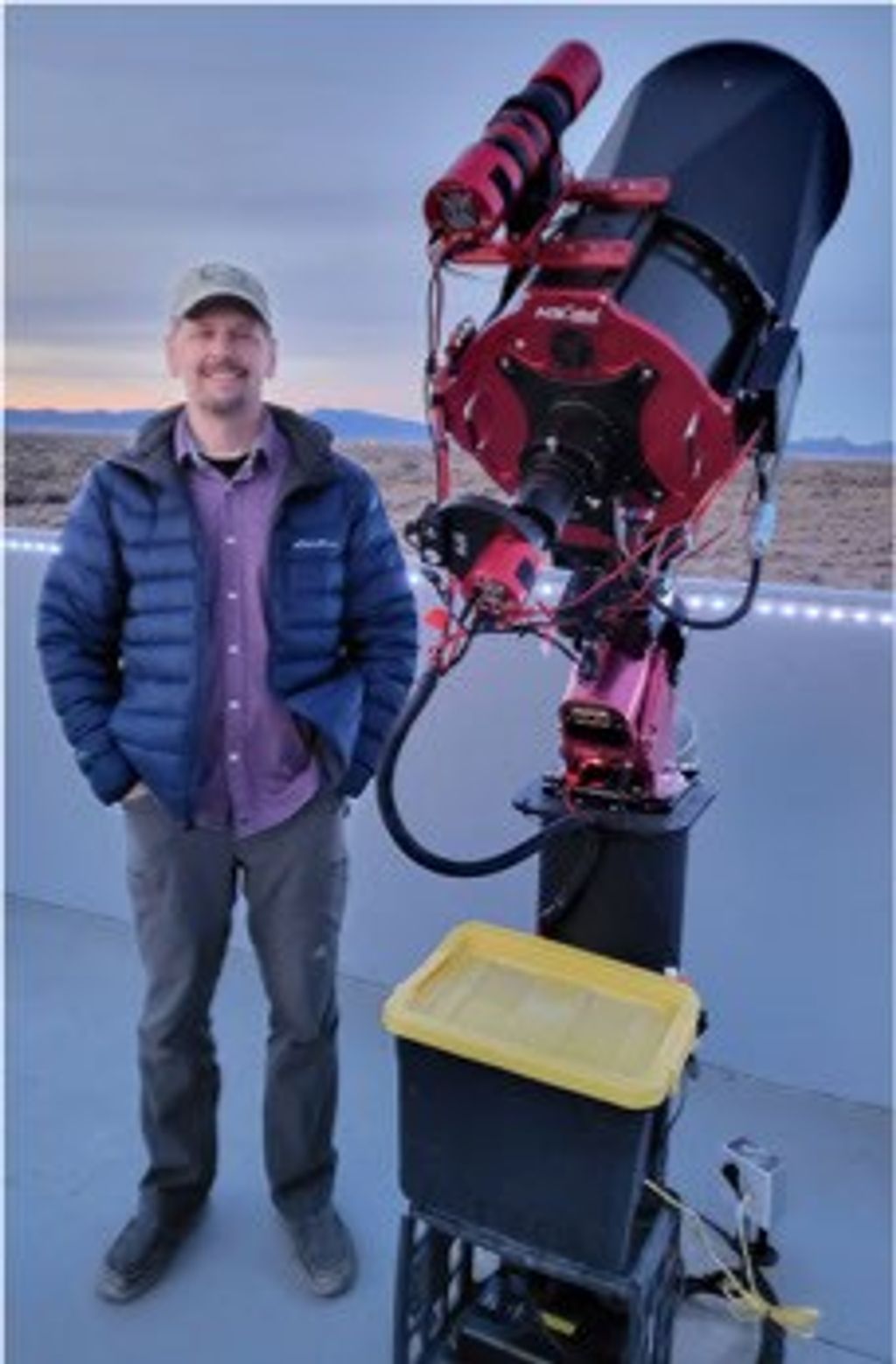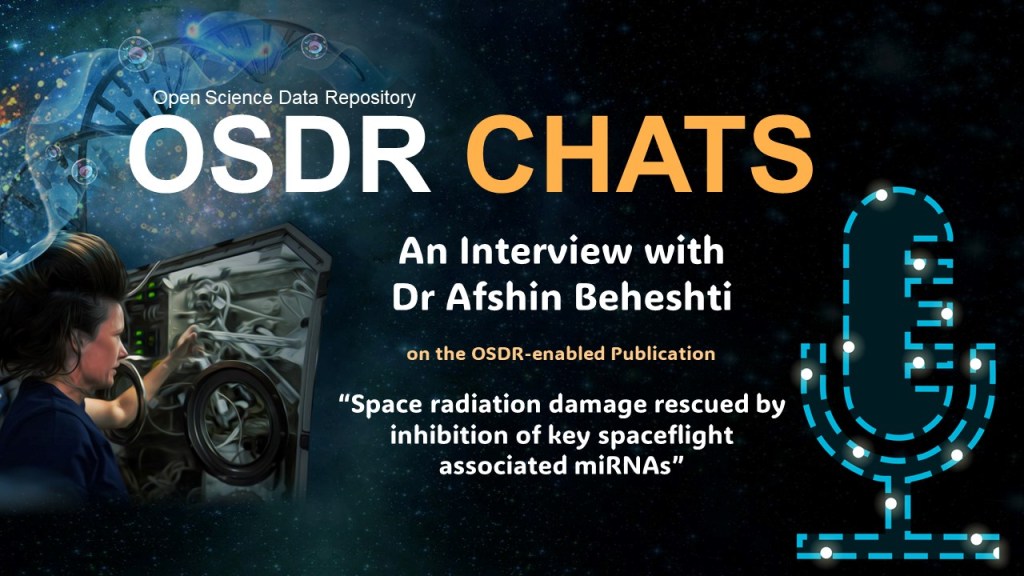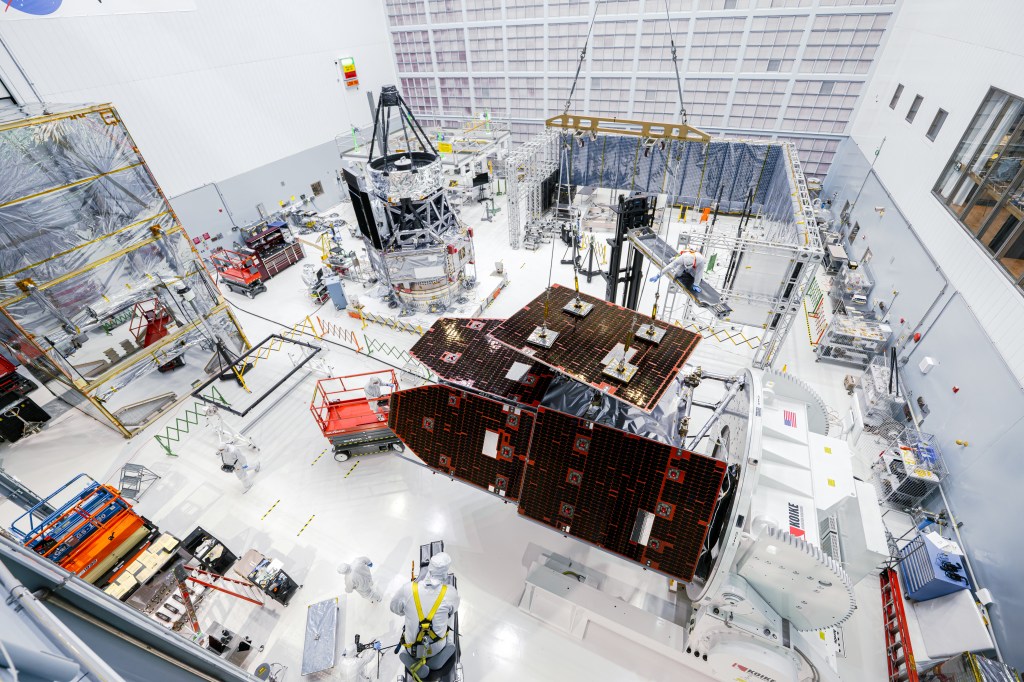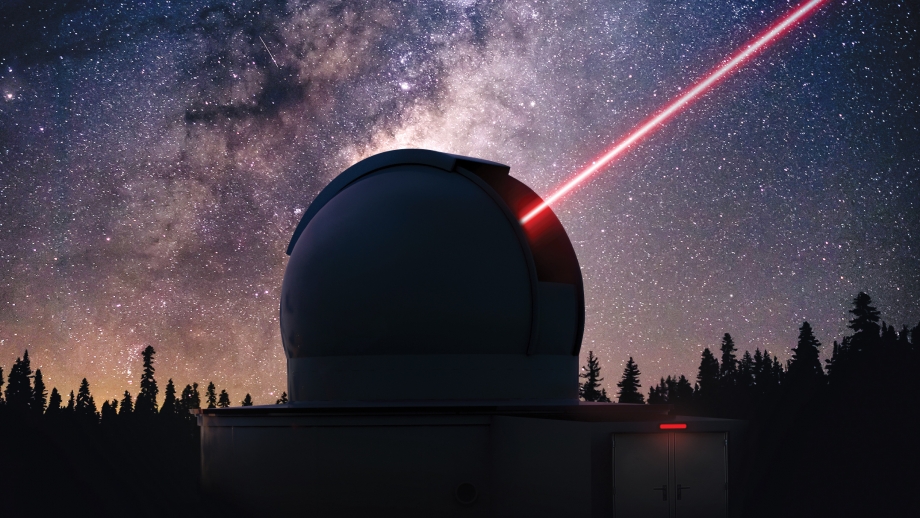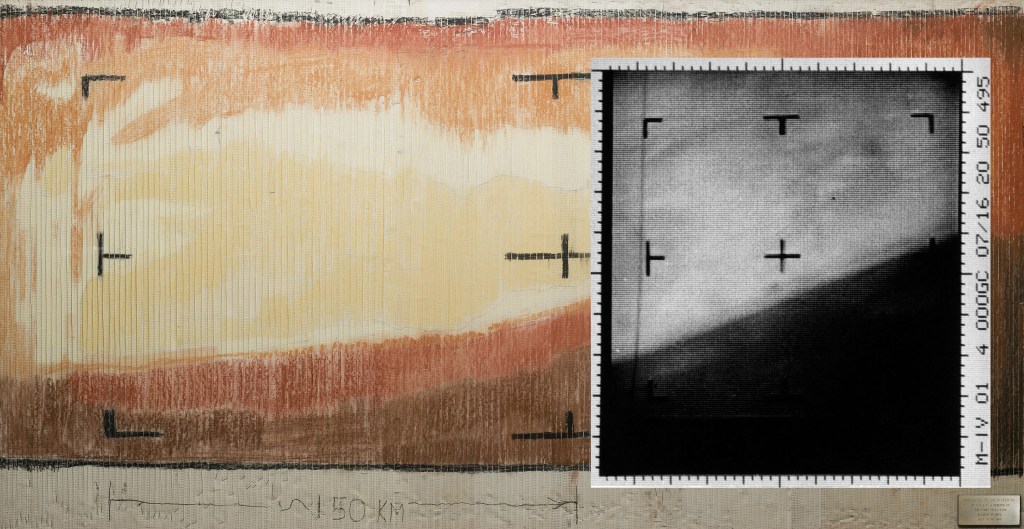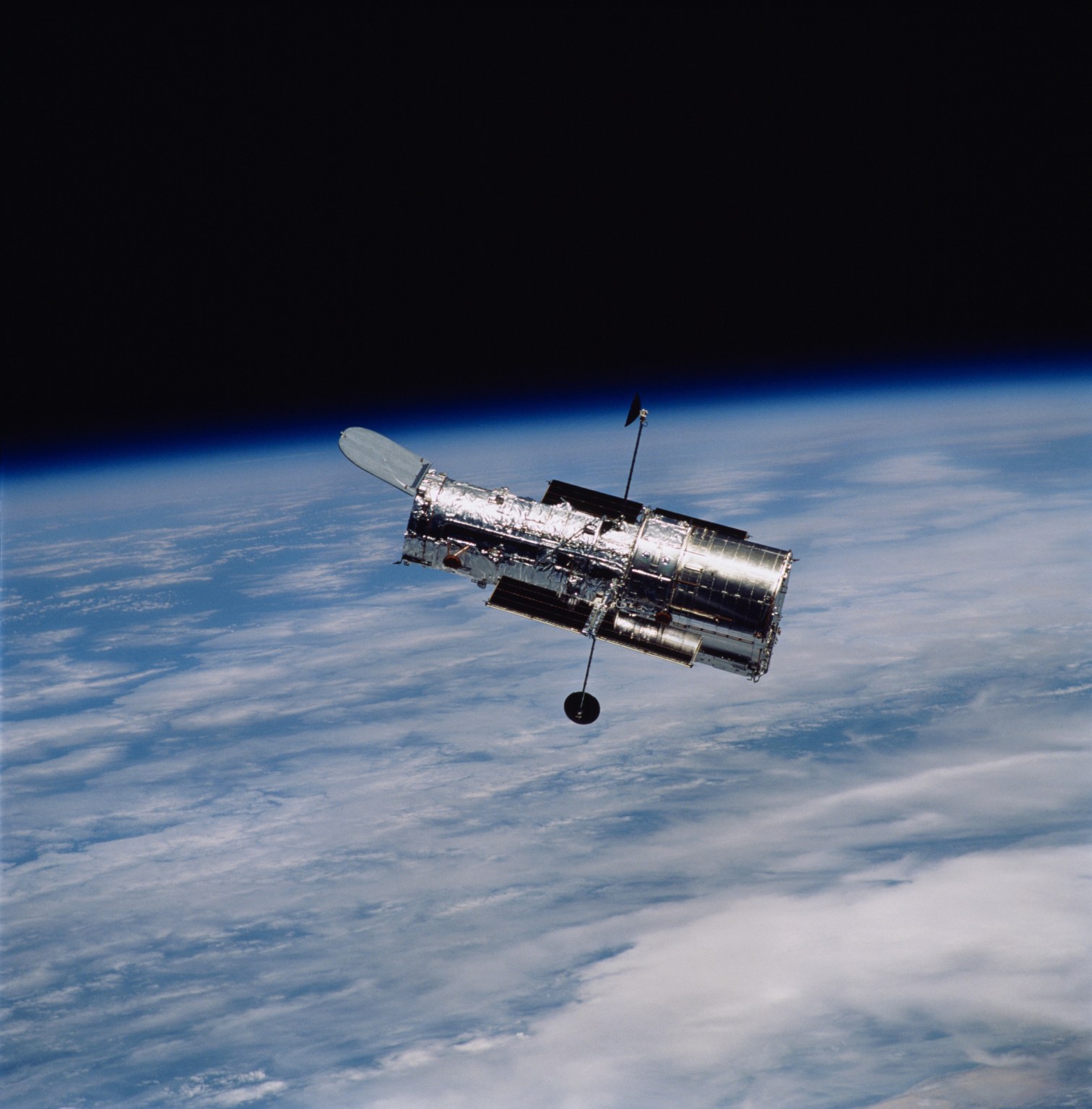1 min read
Pillars in the Monkey Head Nebula
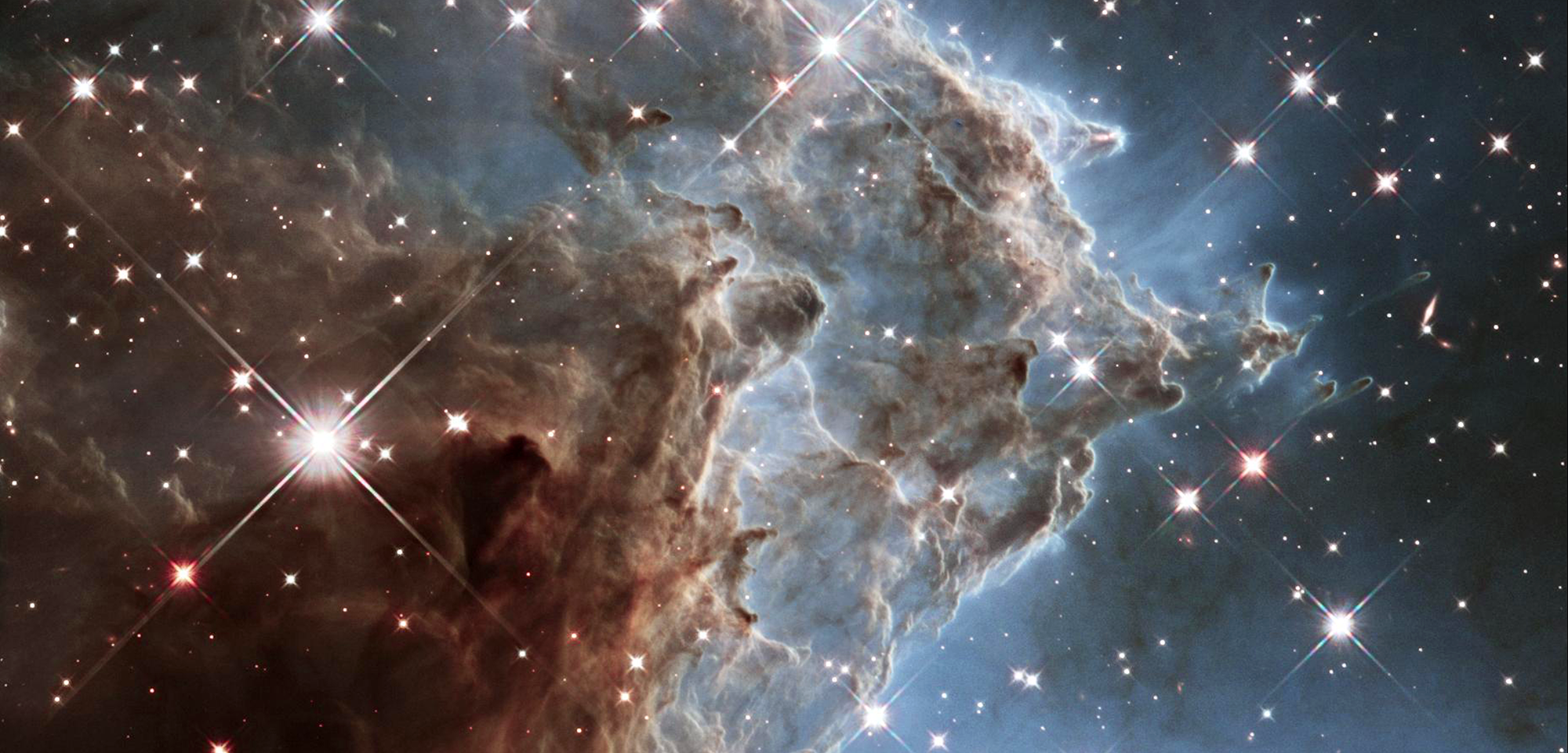
The Monkey Head Nebula is a region of star birth located 6,400 light-years away. It is also known as NGC 2174 and Sharpless Sh2-252. In 2014, astronomers using Hubble's powerful infrared vision imaged a small portion of the nebula in the area of the monkey's "eye."
The nebula is mostly composed of hydrogen gas. The cloud is sculpted by ultraviolet light carving into the cool hydrogen gas and dust. As the interstellar dust particles are warmed from the radiation from the stars in the center of the nebula, they heat up and begin to glow at infrared wavelengths.
This Hubble mosaic unveils a collection of carved knots of gas and dust silhouetted against glowing gas. Massive, newly formed stars near the center of the nebula (and toward the right in this image) are blasting away at dust within the nebula. Ultraviolet light from these bright stars helps sculpt the dust into giant pillars.
The prime source of energy in the nebula is the massive, hot star named HD 42088, which is outside the Hubble image field. This star has a mass 30 times that of the Sun and a surface temperature 6 times greater. Such stars emit extraordinary amounts of ultraviolet radiation. The high-energy particles in these stars' outer atmospheres are being blown away in high-speed "stellar winds."
The ultraviolet radiation causes the nebula to shine. In combination with the stellar wind, this radiation also causes the nebula to expand. Dust and gas are being evaporated and scattered by the energy from the hot star. Where there is a very dense condensation, a pillar is formed pointing toward the star, because the knot shields the material behind it.
If the knot is dense enough, rather than scattering, it may be pushed to collapse into a new star. Such an event is occurring in a pillar above center right of the image. This cannot be seen in visible light, because those wavelengths are blocked by the pillar's dust. The new star will eventually shed its dusty cocoon and emerge to be seen in optical wavelengths.
Using a variety of observations including those from Hubble, scientists are studying the whole nebular region to understand the progression of star formation across it. Of particular interest are the embedded contents of the pillars and the generation from which they originated.
Constellation: Orion
Distance: 6,400 light-years (2,000 parsecs)
Instrument: Wide Field Camera 3/IR
Image Filters: F105W (Y), F125W (J), F160W (H)
- Object NameObject NameA name or catalog number that astronomers use to identify an astronomical object.NGC 2174, Monkey Head Nebula, Sharpless Sh2-252
- Release DateMarch 17, 2014
- CreditImage: NASA, ESA, Hubble Heritage Project
Share
Details
Claire Andreoli
NASA’s Goddard Space Flight Center
Greenbelt, Maryland
claire.andreoli@nasa.gov
NASA, ESA, Hubble Heritage Project


